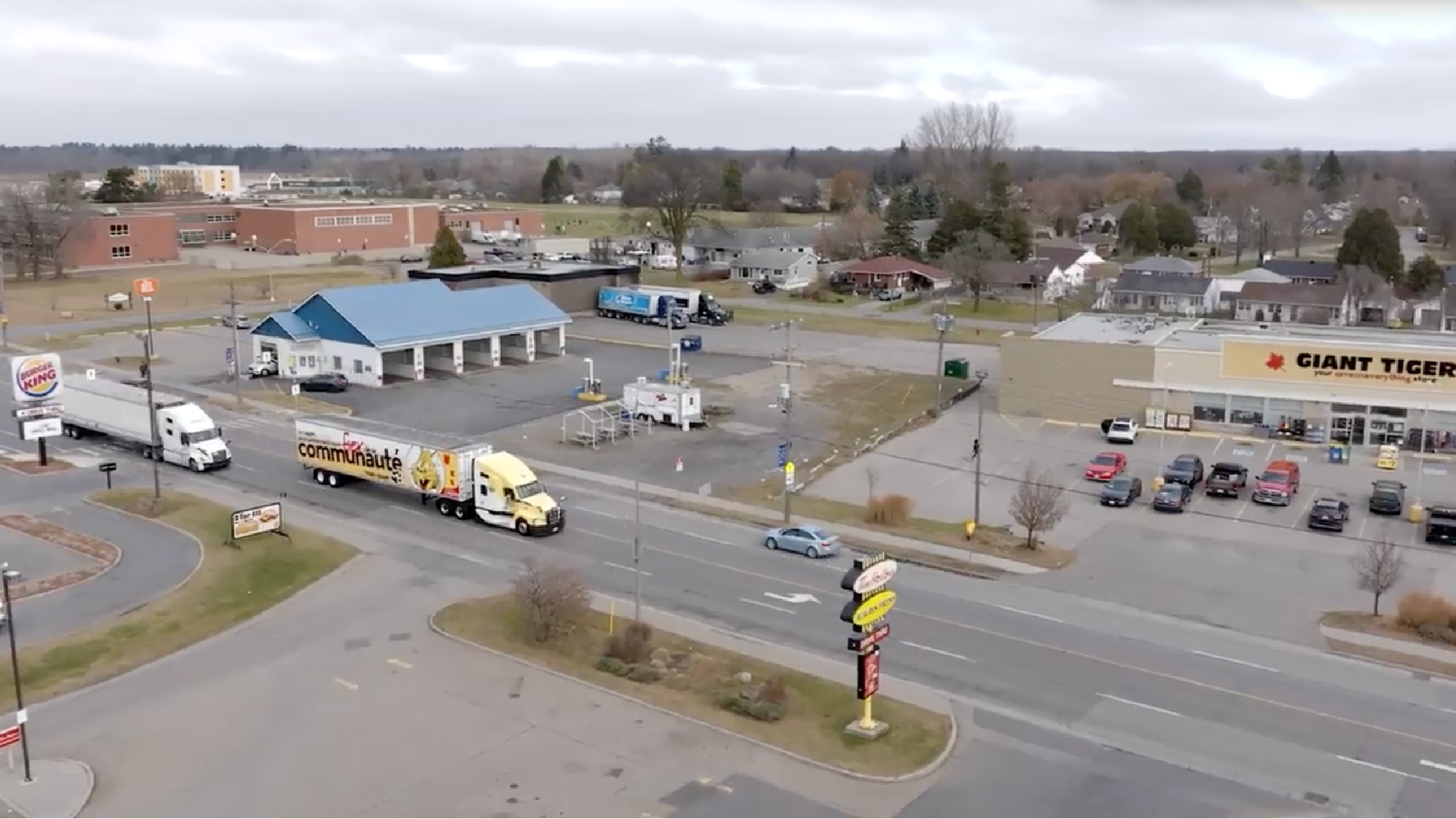
California Department of Conservation sees 100% improvement in driver behavior

Table of Contents
Choosing a telematics solution can be a long, drawn-out process, particularly for a government agency, so when an agency needs to make a switch, it can be even more challenging. The California Department of Conservation faced just such a scenario in early 2020, but, by choosing Geotab, it was able to quickly and efficiently make the switch — resulting in 100% improvement in driver behavior and efficiency almost immediately.
The Challenge: Making a telematics switch
Making the initial decision to implement a telematics solution, choosing a vendor, and installing it can be a long drawn out and arduous process, particularly for a government agency. Realizing that you have to change vendors can be potentially even more challenging.
But that’s exactly the situation California’s Department of Conservation (DOC) found itself in about a year ago.
The department had been using another vendor’s telematics solution, but it just didn’t measure up, according to Paula Hutchinson, California Department of Conservation Fleet Administrator.
Chief among the issues was how often the unit would “ping,” giving an accurate status of the driver’s location and behavior. There were reporting issues, particularly around speeding, which didn’t reflect the reality of the off-road work that the drivers were performing.
The department also had problems related to billing, which took a long time to rectify and caused snarls with the state’s internal systems. There was also an ongoing problem with the hardware, which appeared to be draining vehicles’ batteries — an issue that couldn’t be solved by this vendor.
And while these were all major impediments for Hutchinson and her fleet team, perhaps the biggest issue was that the vendor couldn’t set reminders for drivers to report that they were using a particular vehicle, where and when they started work, and, most importantly, where they were and how they were behaving behind the wheel.
“Whether it was a data or firmware issue, our provider was unable to resolve it," says Hutchinson. "It became clear that we needed to find a different telematics provider."
The Solution: Enter Geotab
The choice to move to Geotab was an easy one, according to Hutchinson.
“When we heard the pitch and what it could do, choosing Geotab was a no brainer,” she says. “Specifically, Geotab was a good fit for the DOC thanks to better equipment and reporting, and the potential for increased safety thanks to improved driver feedback."
For Hutchinson, safety was the leading factor in making the switch to Geotab.
“When Geotab was presenting its proof of concept to us, they pitched a lot of safety features, which resonated with me, because I handle the safety reports,” she says.
With Geotab’s real-time reporting, Hutchinson is notified of incidents immediately — previously it may have been hours after an incident occurred.
“Now, I can be on the phone and talking to the driver or their manager in a minute,” she says. “We’ve really improved our tracking for safety.”
With audible warnings, drivers now can be cued — and self-correct their behavior — related to seatbelt usage and speeding. And, fob usage has now hit 100%, says Hutchinson. Again, an audible signal is sounded and continues to sound until the driver fobs in for the day.
Once it was determined that Geotab was the right fit, the switch followed quickly. This was primarily due to Geotab being on California’s statewide approved vendor contract. Originally slated to be fully installed in October, all 120 of the DOC’s vehicles were equipped with the Geotab solution in July, only six months after the decision was made and well ahead of the original goal.
“It was a quick change, but we already had perfected the implementation system with our previous vendor. That meant we could switch over quickly. Still, I was surprised at how easy the transition really was,” says Hutchinson.
Executive and driver support for Geotab have been high, mostly due to already having experience with the previous system. Drivers also have access to their own dashboards, so they know where they stand in terms of their driving behavior. Hutchinson says she hopes to institute a driving rewards program in 2021.
The Results: 100% improvement
In the few months since it has implemented Geotab, the California DOC has seen significant improvements. “What I noticed out of the gate was drivers were fobbing 100% of the time — and it’s being remedied by the employees not their managers,” says Hutchinson.
And it’s not just fobbing that’s seen significant improvement. Drivers are safer. Previously, they had 30 to 40 violations per month, which resulted in lots of research to figure out what happened. Now, they’re averaging only one or two violations; and for the month of November they had zero violations.
In addition to cutting down violations, Hutchinson notes this will result in even few public complaints about drivers.
“We have a better image as a whole,” she says.
With Geotab, the DOC was even able to solve the mystery of the drained batteries using engine data to prove that it wasn’t related to the Geotab devices, but driver behavior.
Improvements aren’t just related to driver behavior. Thanks to the Geotab solution, the department is in the process of automating its monthly mileage reporting, which must be completed every month. The impact will be “huge,” according to Hutchinson.
“We have one employee doing mileage reporting for the Department of General Services. By automating the reporting, we’ll be saving two days or 16 hours of staff time,” she says. “We will save the state a ton of money and time, freeing up this employee to do something else. It adds a lot of efficiency to our operation and it’s a way to streamline and work better with our oversight agency. The impact of this information is huge — and could affect our ability to obtain new vehicles.”
With two telematics implementations under her belt, Hutchinson has become a recognized expert in the California state government. She’s currently working with other California agencies, including the Department of General Services, the Conservation Corps, and the California Department of Justice, in their efforts to implement Geotab for their departments.
Benefits of the Geotab solution
- Better reporting, including automating reports
- Customized reports
- Real-time data
- Customization, allowing driver-centric behavioral corrections
From the Fleet Manager
“When we heard the Geotab pitch and what it could do, choosing it was a no brainer.” – Paula Hutchinson, California Department of Conservation Fleet Administrator.
Post Tags
Client profile
Client name:
California Department of Conservation
Industry:
Government
Types of vehicles:
Heavy-Duty, Mid-Size trucks, SUVs, 4X4 trucks, ATVs
Fleet size:
120
Fleet focus:
Productivity
Other stories

ENMAX Power Corporation unlocks real-time insights on fleet performance with telematics
April 9, 2025

Gerhardt Group: Digging into telematics data to drive efficiency
January 16, 2025

Giant Tiger advances fleet safety and optimization with an integrated, data-driven solution
January 8, 2025

Hunt and Sons LLC: Simplifying fleet operations through telematics data
January 8, 2025